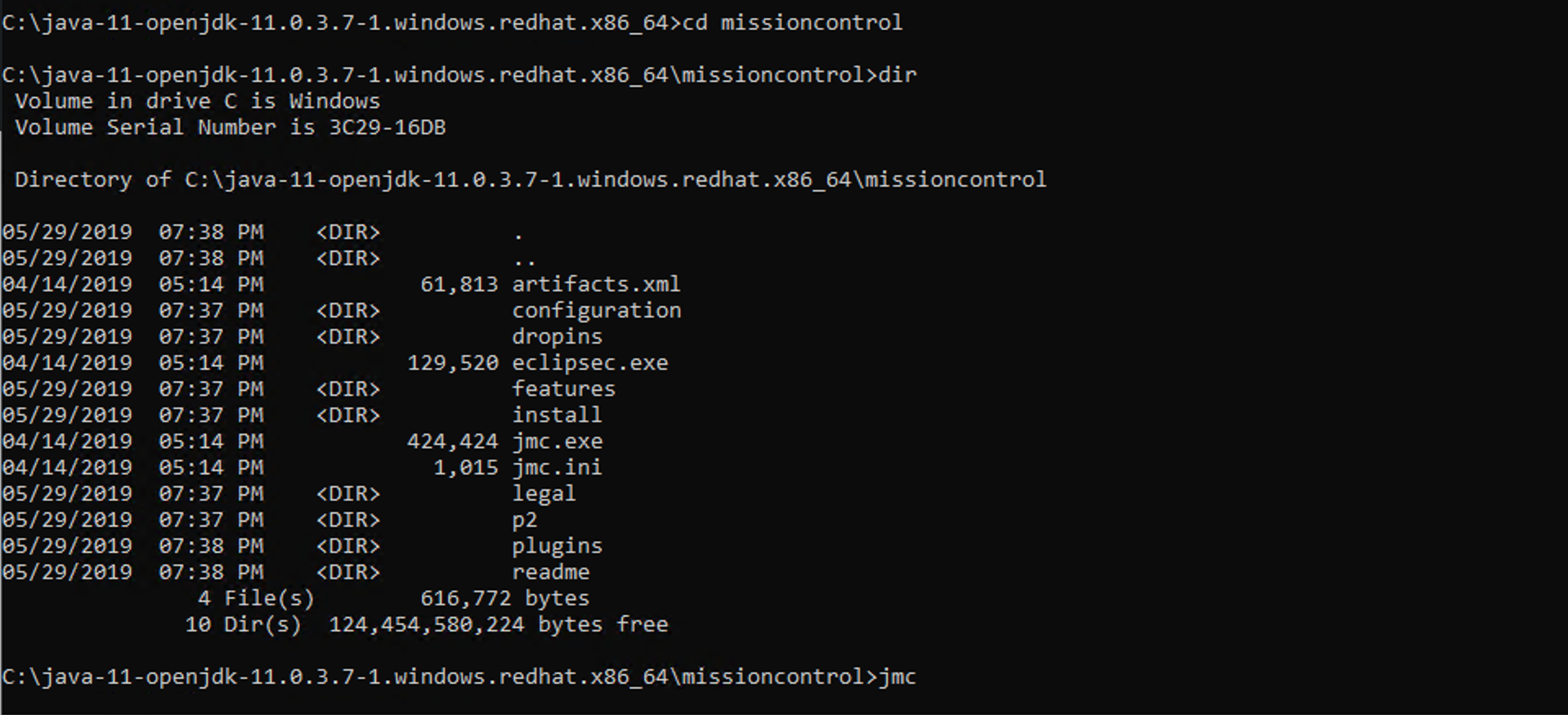
- #REDHAT OPENJDK SUPPORT HOW TO#
- #REDHAT OPENJDK SUPPORT INSTALL#
- #REDHAT OPENJDK SUPPORT MANUAL#
- #REDHAT OPENJDK SUPPORT LICENSE#
- #REDHAT OPENJDK SUPPORT WINDOWS#
#REDHAT OPENJDK SUPPORT LICENSE#
The Oracle Java SE license terms do not apply to OpenJDK.Īll Red Hat products are supported on Red Hat build of OpenJDK, however, not all are supported on other builds of OpenJDK, see the solution Red Hat OpenJDK vs AdoptJDK vs IBM Semeru for more details.
#REDHAT OPENJDK SUPPORT WINDOWS#
Starting with OpenJDK 8, Red Hat also makes available and supports OpenJDK on Microsoft Windows to enable the development of Windows applications in conjunction with Red Hat JBoss Middleware.OpenJDK has a long history of support at Red Hat dating back to 2007 (see Red Hat Helps Advance Open Source Java), and Red Hat is a longstanding and senior member of the OpenJDK project.Red Hat Enterprise Linux includes OpenJDK as the default Java development and runtime environment.OpenJDK is the open source reference implementation of the Java SE specification and contains similar features to Oracle Java SE.This document provides an overview of the Java related options Red Hat offers its customers. Starting in 2013, when the new lifecycle policy for Oracle JDK 6 End of Public Updates was introduced, a number of articles and questions have been raised about Java’s ongoing status in the marketplace. Red Hat has a long history of providing Java with Red Hat Enterprise Linux and with our JBoss Middleware portfolio. Red Hat JBoss Enterprise Application Platform (EAP) 7 Supported Configurations has precedence - given it is feed directly by PM/Prod Eng more frequently. Here, the onboarding will create an initial admin user with SSH access, run the touch command and re-encrypt the disk with the label /dev/vda4.The article Red Hat JBoss Enterprise Application Platform (EAP) 7 Supported Configurations has precedence over the description below.

name: Generate FDO keys and certificates on localhost name: Generate FDO keys and certificates Specify a destination directory from where the keys and certificates can be easily transferred to the respective FDO servers:.
#REDHAT OPENJDK SUPPORT INSTALL#
You can either run it locally or delegate generating the certificates to a remote host if it is not possible to install FDO packages on your local system.

You can easily generate FDO key-certificate pairs using an Ansible role. FDO uses a set of certificates and private keys to sign and verify documents exchanged between the parties to establish mutual trust.
#REDHAT OPENJDK SUPPORT MANUAL#
However, as with any manual procedure, it is error prone and not scalable.

#REDHAT OPENJDK SUPPORT HOW TO#
You can follow How to onboard edge devices at scale with FDO and Linux to set up an FDO environment manually. Red Hat Enterprise Linux (RHEL) offers FDO packages starting with version 8.6, based on the Fedora IoT implementation of FDO. The FIDO Device Onboard (FDO) specification addresses both of these requirements. A zero-touch or low-touch approach also allows personnel without specialized skills to onboard devices.


 0 kommentar(er)
0 kommentar(er)
